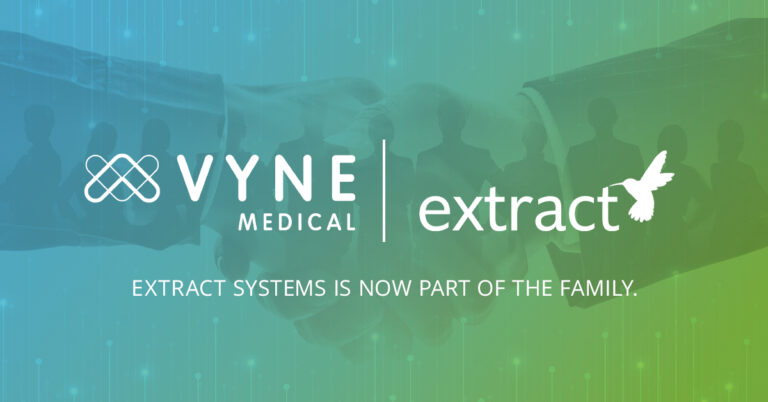
Make Workflow Automation a Key Priority for 2023
Breakdowns in transitions of care leave patients vulnerable to readmissions and adverse outcomes—resulting in major threats to patient safety and hospital profitability. CMS reports over $26 Billion (yes… billion with a B) is lost every year due to poor transitions of care.
Care transitions occur when a patient moves from one health care provider or setting to another. Nearly one in five Medicare patients discharged from a hospital are readmitted within 30 days. Hospitals have traditionally served as the focal point of efforts to reduce readmissions by focusing on those components that they are directly responsible for, including the quality of care during the hospitalization and the discharge planning process. However, it is clear that there are multiple factors along the care continuum that impact readmissions and identifying the key drivers for a hospital and its downstream providers is the first step towards implementing the appropriate interventions necessary for reducing readmissions.
Reducing costs, easing staff burden, and improving your patients’ outcomes should be at the top of every hospital agenda as we head into the new year and making workflow automation a key priority for 2023 will help achieve that.
Over the last decade or more, data innovation has increased the usage of electronic medical records (EMR). All patient information must be collected and recorded: chart information, medical and surgical history, insurance claims, account information, diagnoses, doctor’s notes, X-ray data, and MRI scans. In terms of the backend, leveraging automation can lead to improved interoperability between electronic health records (EHR) and can vastly streamline a patient’s experience. While old medical databases typically struggled to interact with other systems, new developments in cloud technology can give patients access to personal data from the comfort of their own homes.
It is one of the reasons healthcare providers of all sizes and specialties have implemented automation solutions to make their medical data entry workflows more efficient and much more accurate. Recruiting and maintaining staff for the sole purpose of data entry does not seem to be an effective way to deal with the flow of information.
Here at Extract, we’ve solved the staffing problem with automation.
We leverage the latest advancements in machine learning (ML), optical character recognition (OCR), and artificial intelligence (AI) to identify the critical information within structured and unstructured documents. The software also uses keywords, pattern recognition, context, and database lookups to find or triangulate high level data, such as patient name, MRN, and date of birth, and also abstracts complex data coming from laboratory test results, patient referrals, second opinions, etc.
Unlike standard OCR solutions that simply convert files to raw text, our platform reads documents like a human does, quickly determining the document type which indicates the type of data that the document contains. The software extracts the critical information, then structures and delivers the data to the appropriate downstream system. The HealthyData Platform has many capabilities including search, duplicate document detection, manual and automated pagination, priority patient queueing, and automated document routing. The software can file discrete data at the patient, order, and encounter level.
The platform acts like an electronic interface (HL7, etc.) in that it translates and delivers unstructured data into discrete data that is properly mapped to the designated downstream system (EMR, EHR, LIS, DMS, research databases, etc.). The only difference is that you won’t need a new interface for each document source. The platform works with faxed, scanned, and electronic documents.
If you’re interested in seeing how our workflow automation platform can deliver you discrete results and save your clinicians time, please reach out and we’d be happy to have an introductory call or a quick demo of the software.
Happy New Year!



